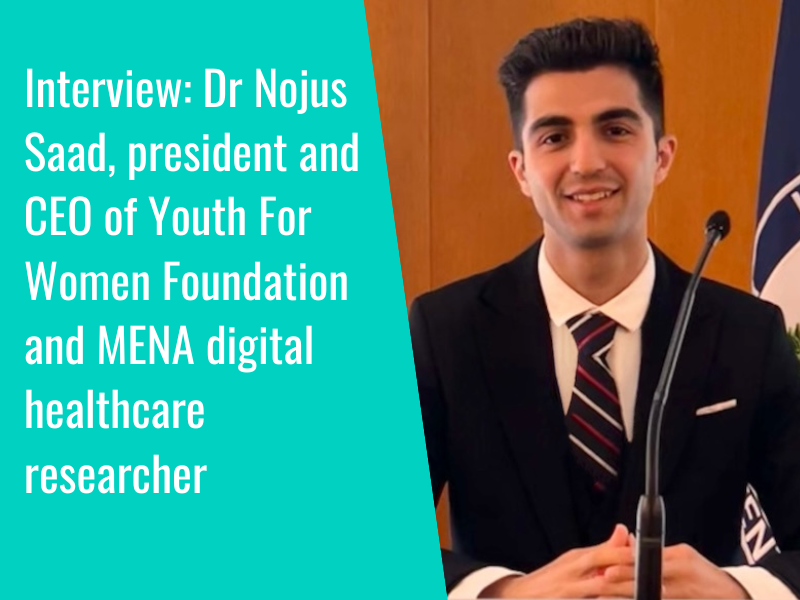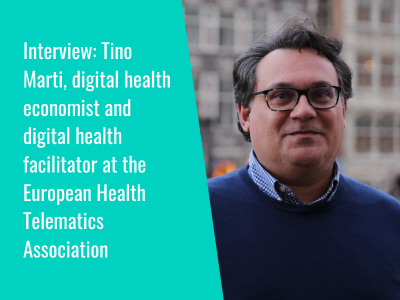A journal published in eClinicalMedicine, part of The Lancet Discovery Science, has explored digital exclusion and functional dependence in older populations in high-income countries (HICs) and low- and middle-income countries (LMICs).
Authors performed a multi-cohort study, pooling individual-level data from five longitudinal cohort studies of older adults across 23 countries spanning including the China Health and Retirement Longitudinal Study, the Mexican Health and Aging Study, Ageing and Retirement in Europe, the Survey of Health, and the English Longitudinal Study of Aging. Digital exclusion was recorded based on self-reported absence of internet use, and the study categorised functional dependency through an assessment of basic activities of daily living (BADL), instrumental activities of daily living (IADL) and interval-of-need methods. Generalised estimating equation models were applied to examine the association between digital exclusion and difficulties in BADL or IADL and functional dependency.
Amongst the study’s most prominent findings was the variance in digital exclusion evident in older adults across countries, with the researchers sharing key statistics including 23.8 percent in Denmark, 30.4 percent in England, 65.5 percent in Mexico and 96.9 percent in China. Digital exclusion was “significantly associated with functional dependency”, with the results consistent with findings that HICs were more digitalised than MICs. The rare of digital exclusion in the older population “remains relatively high”, the authors write, “especially in MICs such as CHINA, where economic growth and population aging are happening simultaneously, limiting the potential of the internet as a platform for achieving better health management.”
Discussing these findings, the study’s authors concluded that “the rate of digital exclusion in the older population remains relatively high, especially in MICs such as China, where economic growth and population aging are happening simultaneously, limiting the potential of the internet as a platform for achieving better health management”.
Findings suggest that emphasis should be placed on removing barriers to internet access to help older people maintain independence, thus reducing “the care burden associated with the ageing population worldwide”.
The authors also note that these findings suggest the need for a “tailored digital inclusion strategy” to “promote an active ageing process”. Further suggestions include that “building up a society of digital inclusion in the ageing process helps people access early, timely, and long-term health management in their later lives”.
Citation: Xinran Lu, Yao Yao, and Yinzi Jin. Digital exclusion and functional dependence in older people: Findings from five longitudinal cohort studies, eClinicalMedicine, Volume 54, Issue 101708, December 2022. DOI: https://doi.org/10.1016/j.eclinm.2022.101708.
Elsewhere in published research, a recent study published in The Lancet explores an internet-delivered cognitive behavioural therapy programme aiming to reduce depressive symptoms in patients with multiple sclerosis, with the research team concluding that this “remote access, scalable intervention increases the therapeutic options in this patient group and could help to overcome treatment barriers”.
- 1
- 2














